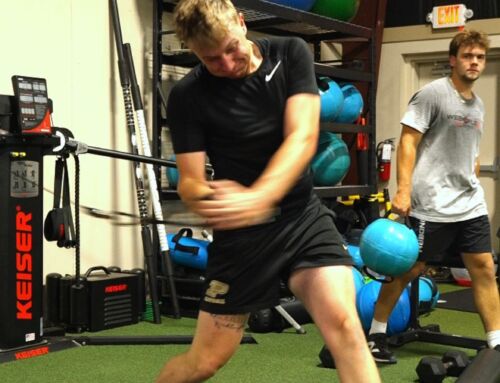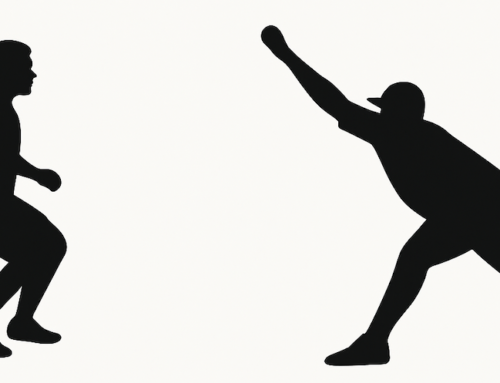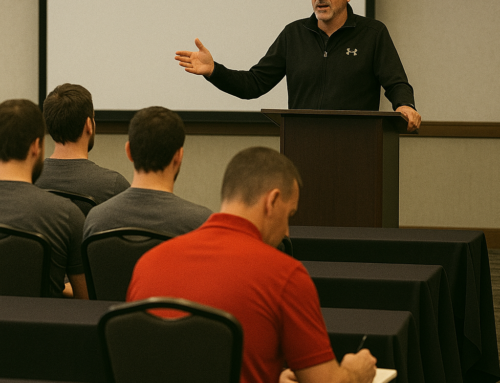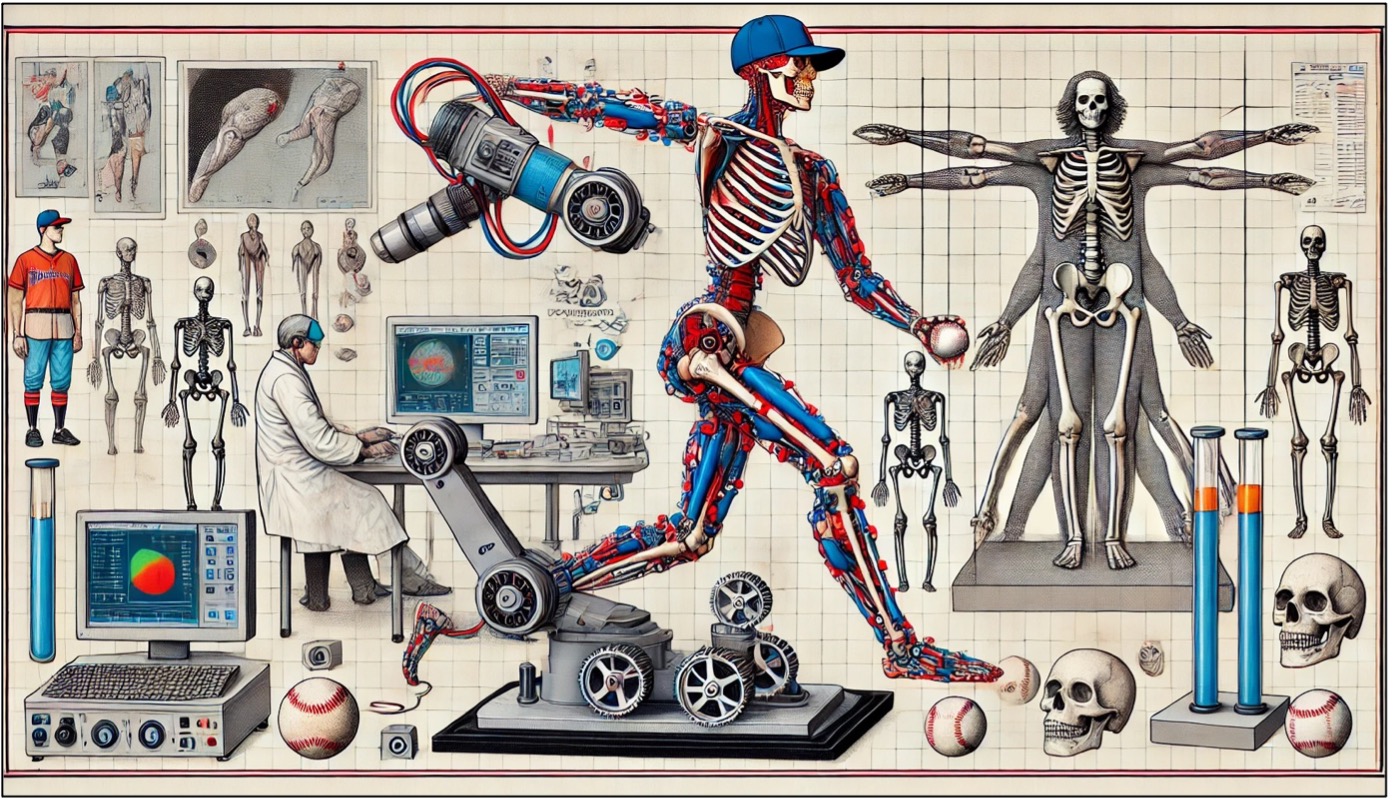
In today’s baseball world, the buzzwords are clear: data, analytics, and technology. Everyone, from high-level organizations to grassroots trainers, is racing to leverage biomechanics, motion capture, and machine learning to develop the next generation of players. Many believe that technology is the ultimate answer to all questions about performance and injury prevention.
But here’s the truth: Technology alone will never replace the value of expert observation and experience.
At The Florida Baseball ARMory®, we embrace cutting-edge tools—high-speed cameras, biomechanical models, and force plates. But we don’t stop there. These tools provide data, but they don’t tell the full story. It’s what we do with that data—paired with the insight from 40,000+ pitcher analyses and decades of coaching expertise—that sets us apart.
Because let’s be honest: the human body isn’t a robot, and biomechanics based on dead bodies won’t teach you how to pitch like an All-Star.
The Problem with Biomechanics Alone
Modern biomechanics often relies on motion capture systems to analyze movement patterns and make recommendations. These systems promise precision, but they rest on flawed assumptions: 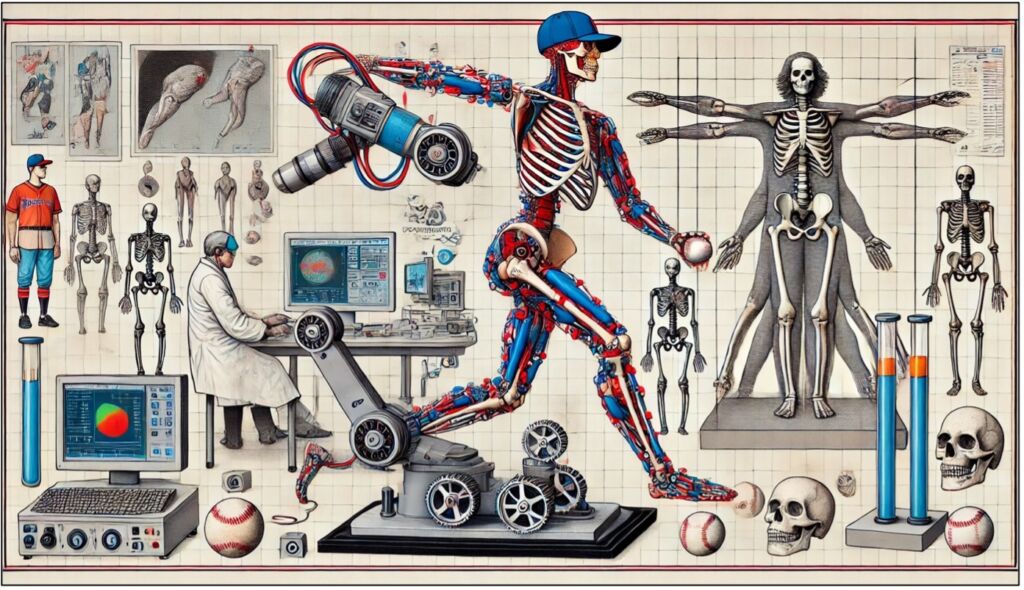
1. Cadaver-Based Studies: Much of the foundational data comes from studies on cadavers. Dead bodies don’t account for how living tissues—muscles, tendons, and ligaments—adapt dynamically during real-time movement.
2. The “Robot” Problem: Motion capture systems assume the body operates like a machine—rigid, predictable, and controlled solely by Newtonian physics. But the human body isn’t made of metal and bolts; it’s a living, adaptive system capable of self-organization.
As Frans Bosch famously said, “There seems to be very little ‘bio’ in biomechanics.”
Here’s an example: Studies show that the ulnar collateral ligament (UCL) should fail at around 35 Nm of torque, yet pitchers routinely generate up to 70 Nm during every pitch. How do they stay healthy? The answer lies in living tissue’s adaptability—something data from motion capture or cadavers can’t explain.
Dynamic Systems: The Missing Ingredient
The human body, like the weather or an ecosystem, is a dynamic system. It doesn’t work through simple cause-and-effect relationships. Changing one part of a pitcher’s motion affects everything else. Small tweaks can have ripple effects, sometimes improving performance and other times creating new issues.
At The ARMory, we understand this better than most. That’s why we focus on key attractors—the “big rocks” that stabilize the entire system. These universal movement principles apply to every pitcher, helping them self-organize their mechanics in ways that are efficient, powerful, and safe.
For example:
– Attractor: Rotating around a stable, hinged hip during the delivery.
– Benefit: This ensures efficient energy transfer, improves velocity, and reduces stress on the arm.
Our competitors often obsess over “pebbles”—minute details like joint angles or foot positioning—without addressing the larger principles that govern movement. We know better.
Motion Capture: Tools vs. Truth
Motion capture and biomechanics aren’t inherently bad. In fact, they’re powerful tools. But they’re only as good as the person interpreting the data. Here’s why relying solely on these systems can lead you astray:
1. Amplifying Errors
Motion capture assumes that the sensors reflect what’s happening inside the body. But these systems can’t capture the microscopic interactions of muscles and nerves. If the underlying assumptions are flawed, adding more data doesn’t fix the problem—it amplifies it.
2. The Cartographer’s Dilemma
Early mapmakers faced a similar issue. Local maps were accurate, but combining them into larger maps magnified errors. Similarly, motion capture struggles to scale up individual data points into a meaningful model of human movement.
3. Missing the “Why”
Technology can tell us what a pitcher is doing wrong but rarely explains why. That’s where expertise comes in. Our coaches don’t just analyze data—they connect the dots, uncovering root causes and crafting solutions tailored to each pitcher.
Self-Organization: The Competitive Edge
Many coaches misunderstand self-organization, believing it’s about letting players figure things out on their own. That’s a mistake. Self-organization happens when the body adapts to its environment—but only if the environment is designed correctly.
At The ARMory, we specialize in creating these environments. Through techniques like ecological dynamics and differential learning, we guide pitchers to discover efficient movement patterns on their own.
How It Works
- Constraints-Led Approach: Adjust variables like ball weight, mound height, or stride length to challenge the pitcher’s body to adapt.
- Differential Learning: Use a variety of drills to expose pitchers to different scenarios, building adaptability and resilience.
This method goes beyond robotic mechanics to develop pitchers who can adjust in real time, whether it’s hitting a spot in the zone or recovering from a misstep in their delivery.
The ARMory Difference: Mastery Over Metrics
While many of our competitors are going all-in on analytics, we combine the best of both worlds: data-driven insights and hands-on expertise.
Here’s what sets us apart:
1. 40,000+ Pitcher Analyses: There’s no substitute for experience. We’ve seen it all, and we know what works.
2. Living Systems, Not Dead Bodies: We train living athletes, not robots or cadavers. Our methods are built around real-world adaptability, not sterile lab conditions.
3. Expert Eyes: Technology can’t replace the instincts of a master teacher. Randy Sullivan has spent decades refining his craft, blending science with art to bring out the best in every pitcher.
Why It Matters
The stakes have never been higher. With injuries like Tommy John surgeries on the rise, relying solely on data and analytics isn’t just ineffective—it’s dangerous. Players need more than numbers; they need a roadmap for sustainable success.
At The ARMory, we provide that roadmap. We use data to inform, not dictate, and we pair it with proven principles and expert coaching to develop pitchers who throw harder, command better, and stay healthier for longer.
Join the Future of Pitching Development
The choice is yours: Follow the crowd chasing the next data point, or join a program that understands the big picture.
At The Florida Baseball ARMory®, we’re not just keeping up with the latest trends—we’re setting the standard for what’s possible in pitcher development.
Ready to take the next step?
Call us today at 866-STRIKE3 or visit floridabaseballarmory.com to learn how we can help you reach your full potential.
Don’t settle for dead guys and robots. Train with experts who see the whole picture.
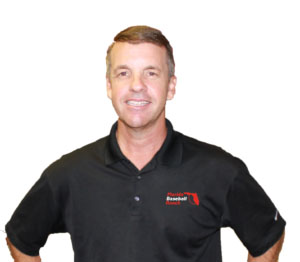
Randy Sullivan, MPT, CSCS CEO, Florida Baseball ARMory

